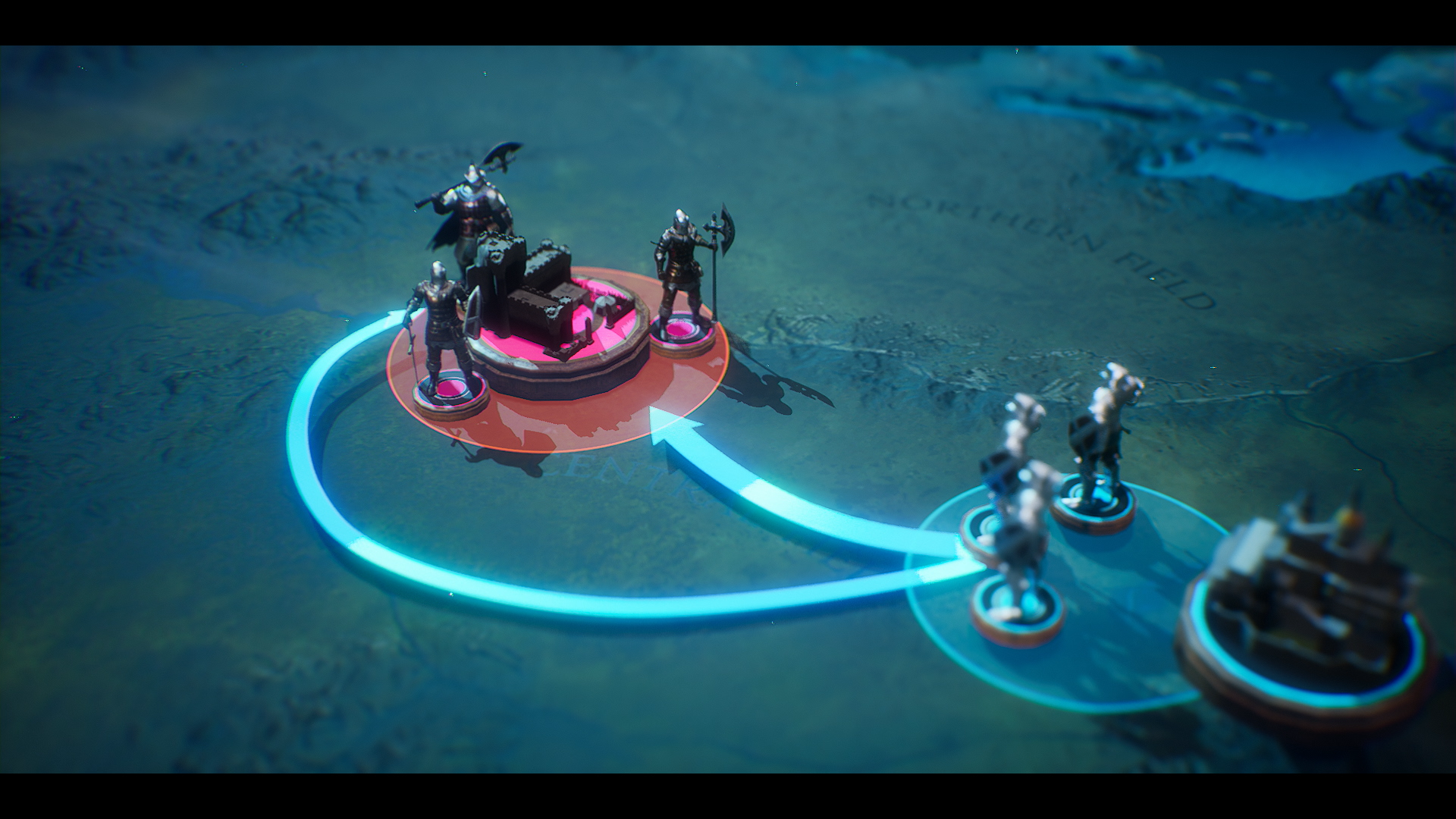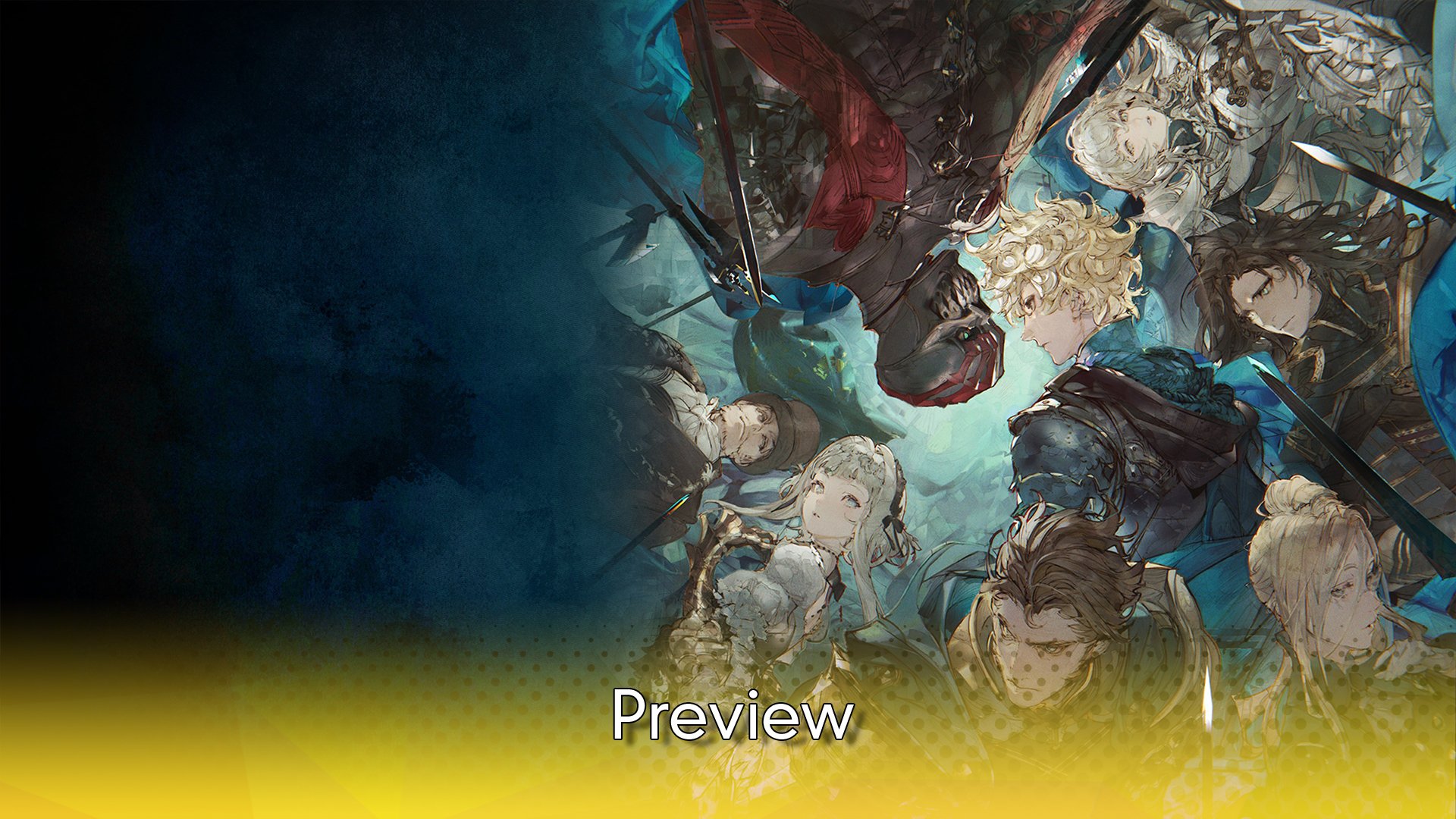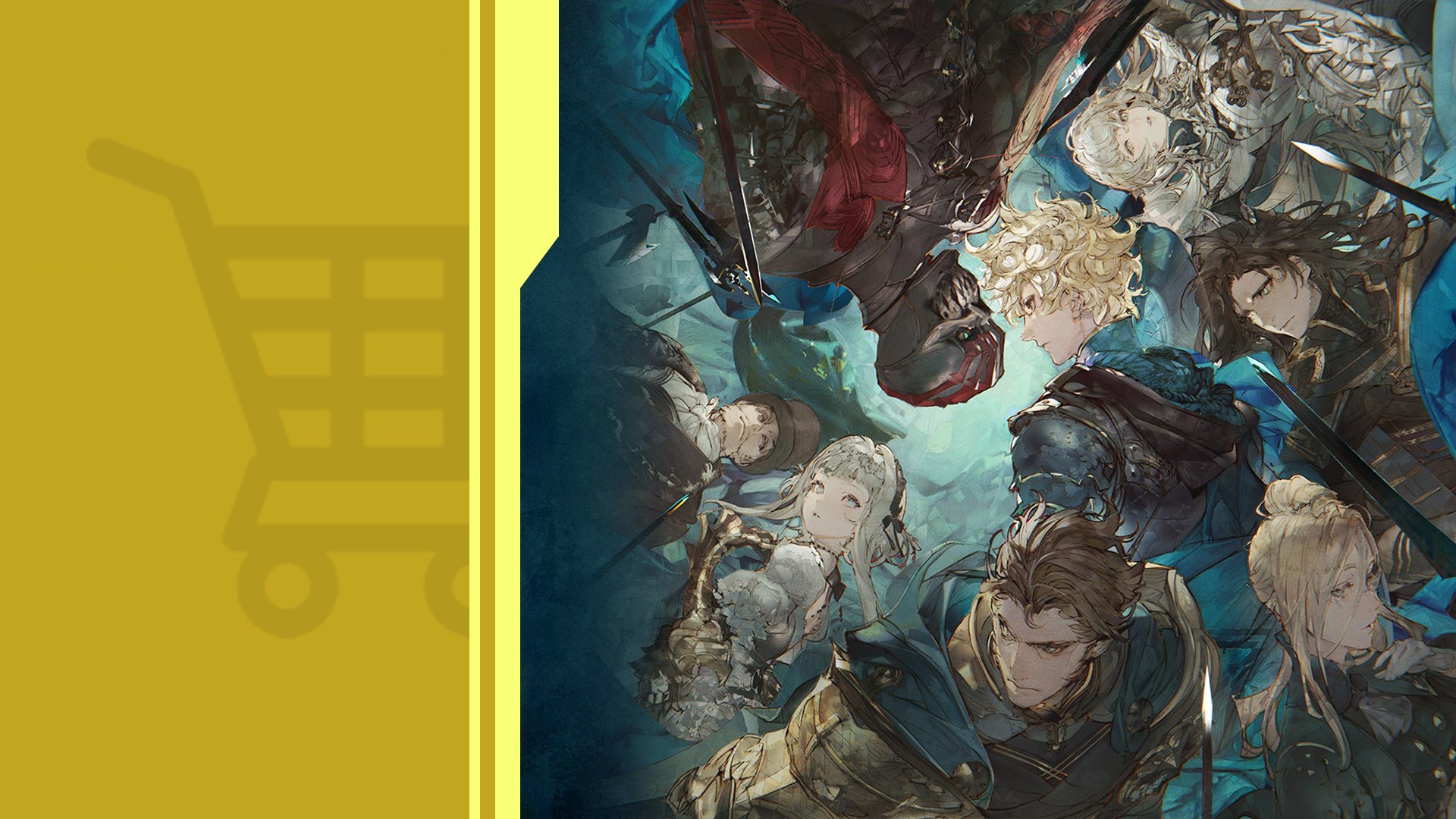The DioField Chronicle - Review

Alletain is a land filled with Jade, a valuable resource that both the Alliance and the Empire desire. Andrias, Fred and Izelair find themselves in the midst of a war and seek to free Alletain from invasion.
The DioField Chronicle is an interesting style of strategy tactics game with RTS elements. A beautiful painted world there is a unique Diorama style of combat that lends it a different appearance and style than is typical of Square style tactics games. DioField Chronicle has a varied cast of characters and a few different ways to play but seems to lack a few fundamental things that would really push it over the edge. Let’s delve into it.
DioField Chronicle has up to sixteen playable characters, but there is never a point where all sixteen are playable at the same time. Of those, thirteen are mandatory unlocks through the main story, with three being optional through sub-quests that occur alongside the main story progression. For the most part, these characters are divided into four different fighting styles. Melee damage, Ranged Damage, Magic and Mounted tanks. Within these four styles there is two variations or, in the case of Melee damage, three variations.
Whilst there is this wide variety of styles, you’ll most likely find yourself using Andrias as your exclusive melee damage dealer, and then whatever is the highest level of a mounted character, a ranged character and a magic character. The system allows you to add a sub unit with each person, that you can swap out with during battle a limited amount of times. You’re able to use the abilities of the other unit at all times, so beyond swapping out because you are low health; there is very little reason to swap them out. Further to this, an alternate variant of mounted units won’t occur until almost 3/4 of the way through the game, so you’ll likely have two mounted units with the same abilities for a majority of the game giving little reason to swap them in and out.
The fundamental combat system is what makes or breaks DioField Chronicle. Whilst being generally enjoyable, and the constant real time combat feels like the natural step forward for Tactics style games; the same way that Action combat was the logical step for turn-based RPGs. DioField Chronicle even on hard feels like it doesn’t push its own mechanics far enough to be truly challenging. Early sections of the games are significantly challenging without being overtly punishing even on the hardest difficulty, with the end game being an unfortunate push-over. In the twenty hours I played, most battles didn’t take longer than two minutes, because of how easily the combat system can be abused even on higher difficulties.
There are mechanics such as flanking or ambush attacks that whilst important in the early game, become almost completely irrelevant towards the final stretch of missions. For the most part you’ll likely develop a system of inflicting a bunch of status effects on a group of enemies, a big AoE attack, and then bursting them down with Andrias. There is potential with DioField Chronicle’s combat, but currently beyond the odd individual mistake you’re not likely to find any real difficulty or danger in the combat even on Hard.
The best and worst part of DioField Chronicle however, is the absolutely insipid cast of characters. Besides some moments of humanity shown by Andrias, and the unhinged mania that is Waltaquin for a majority of the game; I don’t think there was a single character who I didn’t wish would just stop talking. Almost every character seems to have an issue with all the other characters and not a single one of them ever appears happy. You’re predominant four for most of the game will be Andrias, Fredret, Iscarion and Waltaquin. Unfortunately, Fredret is as dumb as two bricks entire personality is based on the lies they are creating and his royalist belief. Iscarion does nothing but complain about the reliance of a King, but in the later parts of the game does nothing but gasp and grunt in response to everything. Waltaquin comes across as a super villain for most of the game and whilst she is without a doubt the most interesting character; she also seems to go from “noble daughter” to “insane necromancer” in the blink of an eye.
Andrias himself is a little more complex and was the main reason I wanted to progress the story. There is a lot of twists and turns throughout the story; one that feels like it plays a little of homage to the first Valkyria Chronicle game. As the story progresses it feels more and more that everything is being orchestrated or manipulated by Andrias and that everything was part of his plan. The climax scene itself lends a lot to this idea, and the post credits scene almost solidifies the growing fears towards the end of the game. DioField Chronicle feels completely devoid of a ‘hero’ archetype, with no faction feeling particularly noble. Whilst the actions of the Blue Foxes is noble enough, it feels like you are constantly playing the villains. Andrias and Fredret despite having the emotional depth of wet cardboard also do not feel like good people. Deceitful liars who seek to change the island of DioField for their own benefit.
For those who are seeking a decent twenty-five-to-thirty-hour experience, with little to no true replay value, DioField Chronicle has that in spades. 99% of achievements will be unlocked through just playing through the story and sub-quests. The only one I missed was getting a character to level fifty, which would only take replay of a few late game missions to achieve. For the most part, if you’ve endeavoured to finish every mission fully and unlock all bonus objectives as you go, you’ll have seen everything the game has to offer. Beyond a few additional lore aspects added to the characters in NG+ in the Library, the replay value will be innately with your enjoyment of the gameplay and talking with the characters. For myself after the first three chapters I found the insipid characters unbearable to talk to and only engaged with the side quest conversations and main story.
The more time I spent with DioField Chronicle the more unsure I became of the visual style in battle. The hub area is very reminiscent of Fire Emblem but lacks the interactive depth that is offered in Fire Emblem. The Diorama style battlefield with lightly animated character miniatures is pleasant and doesn’t grind away. However towards the end of the game it dawned on me that there is very little reason that DioField realistically couldn’t have been a mobile game title and may have actually be intended to be so at some point. This isn’t a major point, just an interesting observation. It will be interesting to see what future mobile titles in this vein do, with something like DioField now existing.
The DioField Chronicle is an interesting game. The characters are awful and emotionally inept. The strategy of the combat is somewhat lacking and the end game becomes a wash with mechanically abuse. The story is interesting but not particularly unique, and the ending seems almost obvious in the build but holds the impact it needs and does set up for potential sequels, without being forceful about it. Despite all this, the lack of replay, the most unenjoyable characters and the quickly stale combat, DioField Chronicle is an enjoyable experience. For fans of tactics or RTS games, there is very little reason not to pick up and play DioField Chronicle whilst we await the release of Tactics Ogre and the like. Despite every gripe I had fun and it is one of few games this year that I felt compelled to finish to completion. The DioField Chronicle carves its own unique niche in a year awash with RPG heavy gameplay.
The Score
7.0
Review code provided by Square Enix
The Pros
+Late Game Combat makes you feel incredibly powerful
+Andrias is actually a well-developed character
+Waltaquin is wildly enjoyable in her chaos
The Cons
-Quickly stale gameplay loop
-Insipid characters
-RTS Combat not used to full extent on higher difficulty









